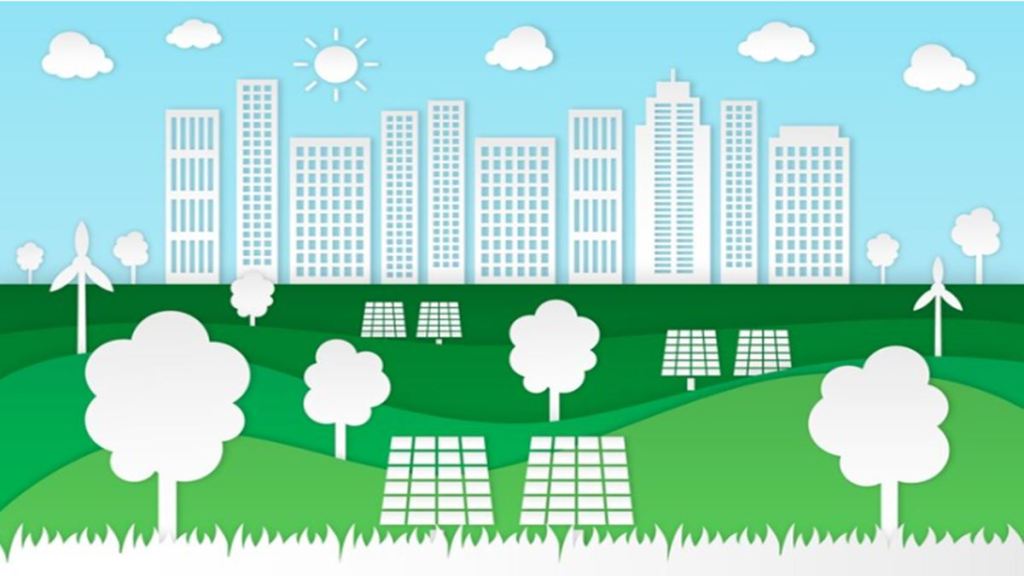– By Pralayesh Guha
Due to environmental concerns and the need to reduce the construction industry’s environmental impact, light building methods are gaining popularity. This change shows a purposeful attempt to balance construction’s conventional needs with sustainability. Wood construction, light gauge steel, and innovative concrete combinations are examples of light building, which is more environmentally friendly. These methods emphasise resource efficiency, faster construction, and more design flexibility, ushering in a new architectural age. This introduction prepares for a full discussion of light building benefits and regional dynamics. Understanding why cultures are prioritising environmental stewardship and its ramifications is crucial. This viewpoint lets us examine light construction’s virtues, limitations, and developing acceptability across varied geographic locations.
Knowing Light Construction
Light construction uses lightweight materials to build frames. This includes wood, metal, and specially made concrete. Traditional building uses dense, resource-intensive materials, but light construction prioritises sustainability and efficiency. This strategy conserves natural resources and dramatically decreases building carbon footprints, fighting climate change. Light construction benefits the environment by reducing natural resource usage and carbon emissions. Sustainable wood hides carbon, while recycled concrete reduces environmental impact. Climate change mitigation requires carbon footprint reduction. Wood sequesters carbon dioxide from the atmosphere for as long as the structure endures. Light construction uses prefabricated components to finish projects faster and save labour. In metropolitan settings with limited building time and space, this productivity boost is very useful. Construction takes less time and costs less using light construction technologies. Prefabricated modules may be installed on-site at a factory, reducing interruption and construction time. These building approaches provide creative architectural ideas that can be readily modified or expanded. Light construction works for anything from residential buildings to business complexes, making it versatile. One of the benefits of light construction is its versatility for future changes and expansions. Dynamic urban contexts where building functions may vary benefit from this flexibility.
Methods and Materials
stainable timber provides good thermal insulation and is easy to transport and install. Innovations like cross-laminated timber (CLT) are as strong as concrete and steel for huge constructions. Easy installation and shipment make prefabricated timber panels and frames popular. CLT has revolutionised wood construction by allowing higher and more sophisticated buildings than standard wood frame. Light Gauge Steel Framing constructions are recyclable, pest-, rot-, and fire-resistant. Precision steel frame production saves waste and improves quality. This ecological and durable alternative to typical building materials is ideal for earthquake-prone areas. LGSF’s small weight makes it easier to carry and handle on-site than heavier materials. New concrete mixtures use recyclable elements and industrial byproducts to minimise weight and preserve strength. These formulas are eco-friendly since they reduce concrete production’s carbon impact. Environmentally friendly and structurally efficient lightweight concrete is widely employed in light construction. Fly ash and slag in concrete mixes reuse industrial waste and minimise energy-intensive cement manufacture.
Variations and Global Adoption
Local material availability, professional training, and environmental attitudes affect light-building practices worldwide. With widespread CLT use, Europe leads in sustainable building. Austria and Sweden lead large-scale wood building. The region’s strict environmental laws and green building techniques promote this trend. These nations’ government incentives and laws make sustainable materials cheaper for light construction. The US and Canada use LGSF, especially in earthquake-prone areas. Steel frame is preferred for its durability. North American consumers prefer prefabricated components’ quickness and efficiency. LGSF’s sustainability is enhanced by the region’s steel recycling infrastructure. Fast and efficient light construction is in demand due to rapid urbanisation. Prefabricated components are beneficial in highly crowded places with limited space and time. Japanese and Chinese governments are investing in light development to accommodate population growth. Buildings must be built swiftly in these places to keep up with urban expansion.
Challenges and Prospects
Light construction is advantageous but has drawbacks like greater material prices and regulatory obstacles. CLT and steel may cost more initially, but labour, time, and energy savings can balance these costs. These long-term benefits must be communicated to stakeholders for greater adoption. Regulations further complicate matters. Some regions’ building codes may not allow light construction, requiring changes to allow broader usage. Recent codes may not recognize the structural capabilities of modern materials like CLT, limiting their application. These hurdles can be addressed via advocacy and policymaker cooperation. The future of light building is bright thanks to material and process innovation. As environmental concerns and demand for sustainable building techniques rise, light construction will be crucial to the industry. Research will provide more sustainable and efficient materials, and education on light construction’s benefits will boost its global acceptance.
Conclusion
Building principles are advanced through the use of light construction, which will also achieve global environmental goals. It provides flexibility, efficiency, and a decreased impact on the environment, which makes it a powerful alternative to the conventional techniques of building. Because more and more regions are adopting these techniques and technology, the light building will assist the construction industry in becoming more environmentally friendly. For the purpose of increasing adoption, it is necessary to solve initial cost and regulatory concerns. The accumulation of new case studies and success stories that demonstrate the long-term advantages and viability of light-building initiatives may result in the stakeholder gaining faith in these approaches. The cost barrier ought to be lowered over time as a result of technological and material advancements. At long last, light construction will serve as the foundation for modern, environmentally responsible building. It paves the way for future advancements in construction technology and makes it possible to develop buildings that are more environmentally friendly and energy efficient.
(Pralayesh Guha is the VP – Projects at Trehan Iris.)
(Disclaimer: Views expressed are personal and do not reflect the official position or policy of Financial Express Online. Reproducing this content without permission is prohibited.)


